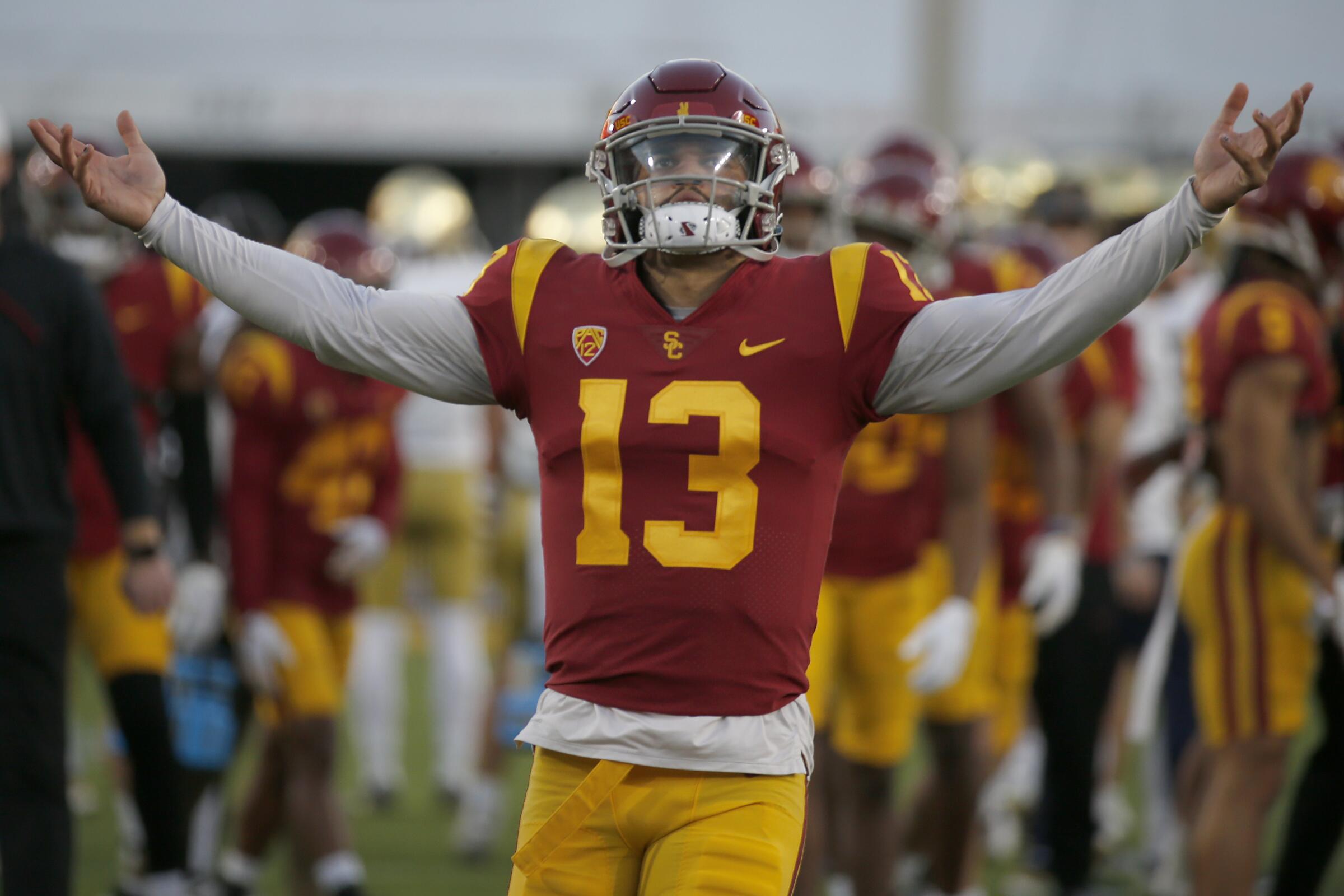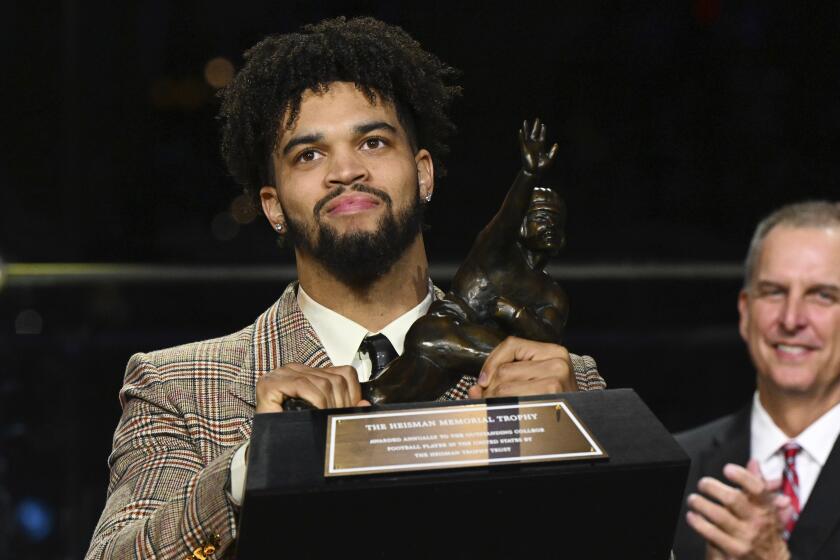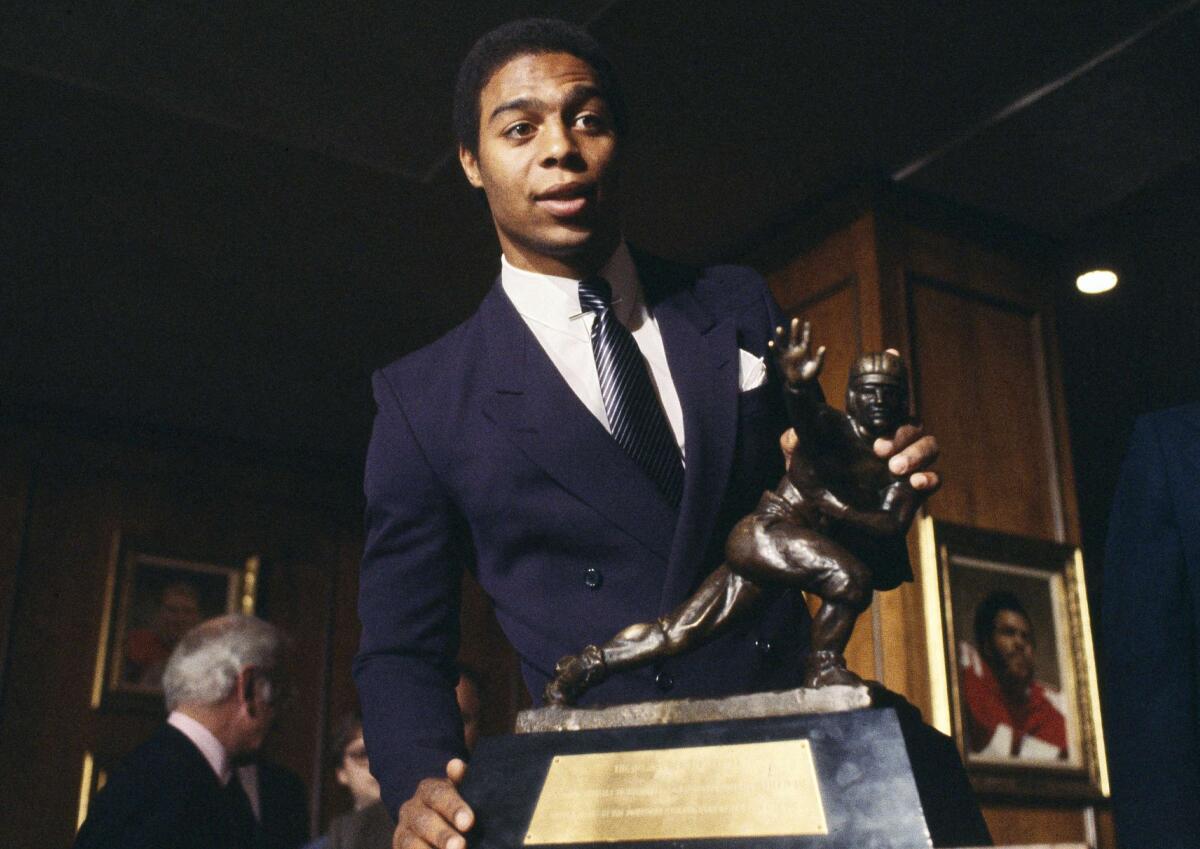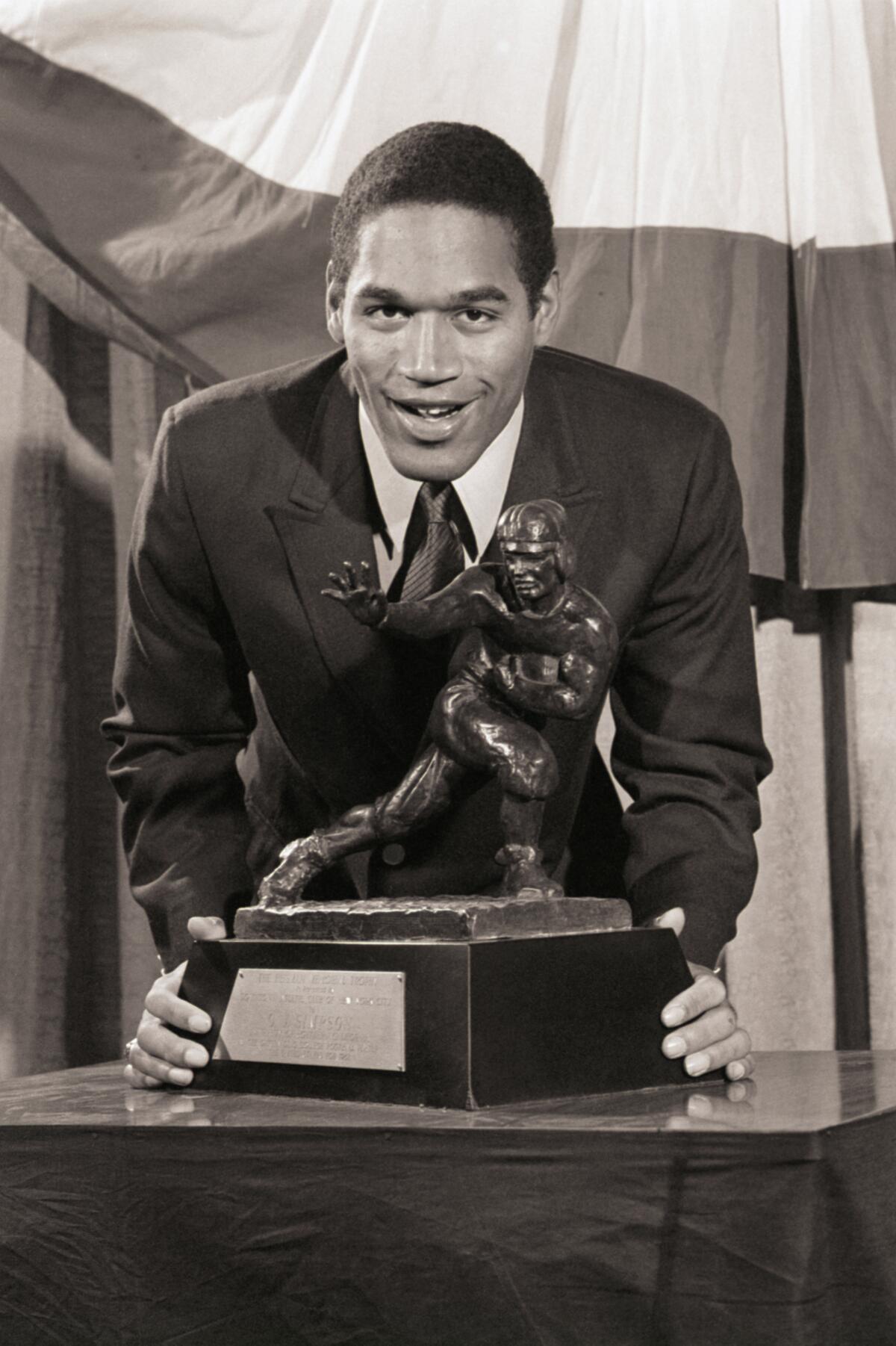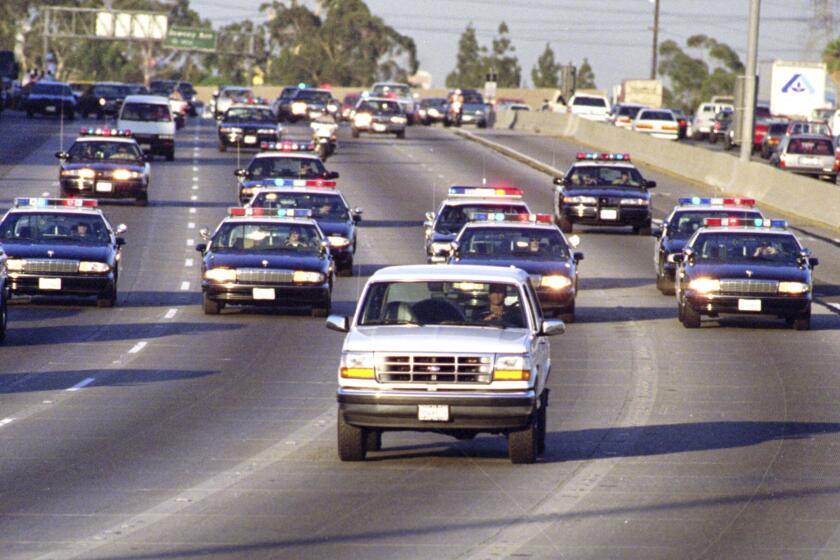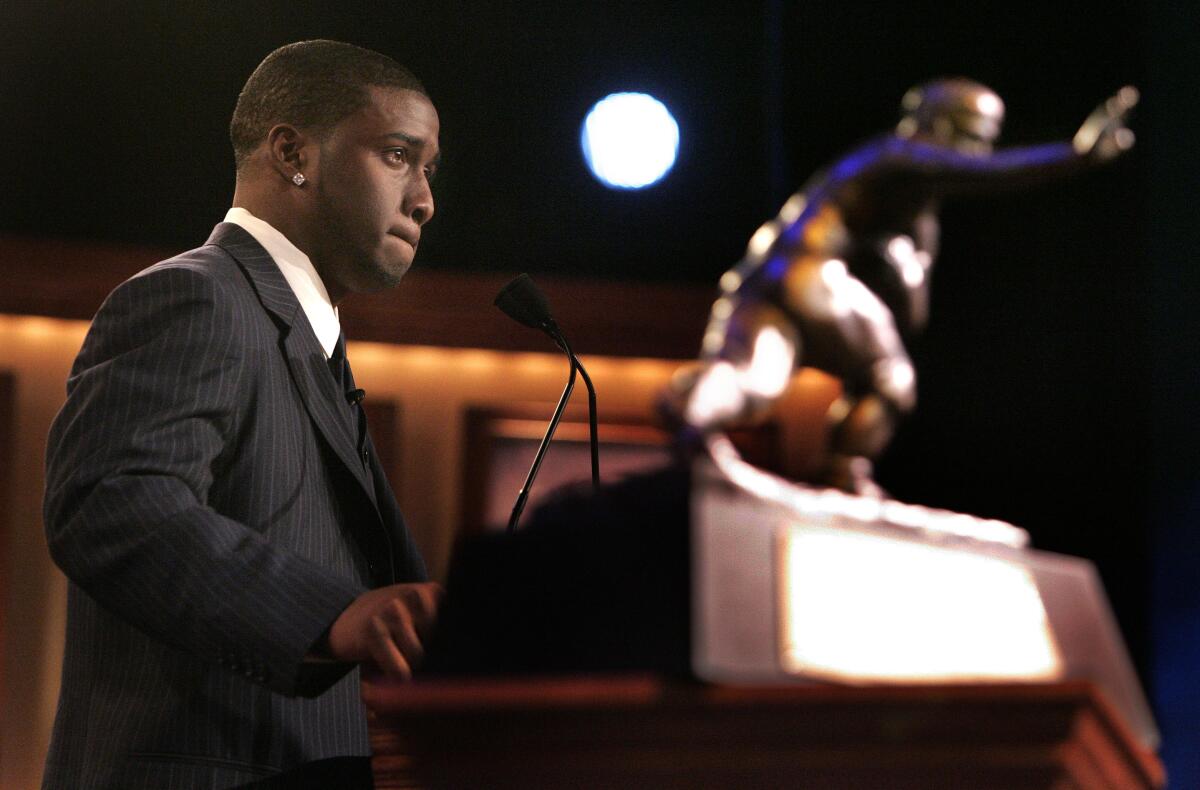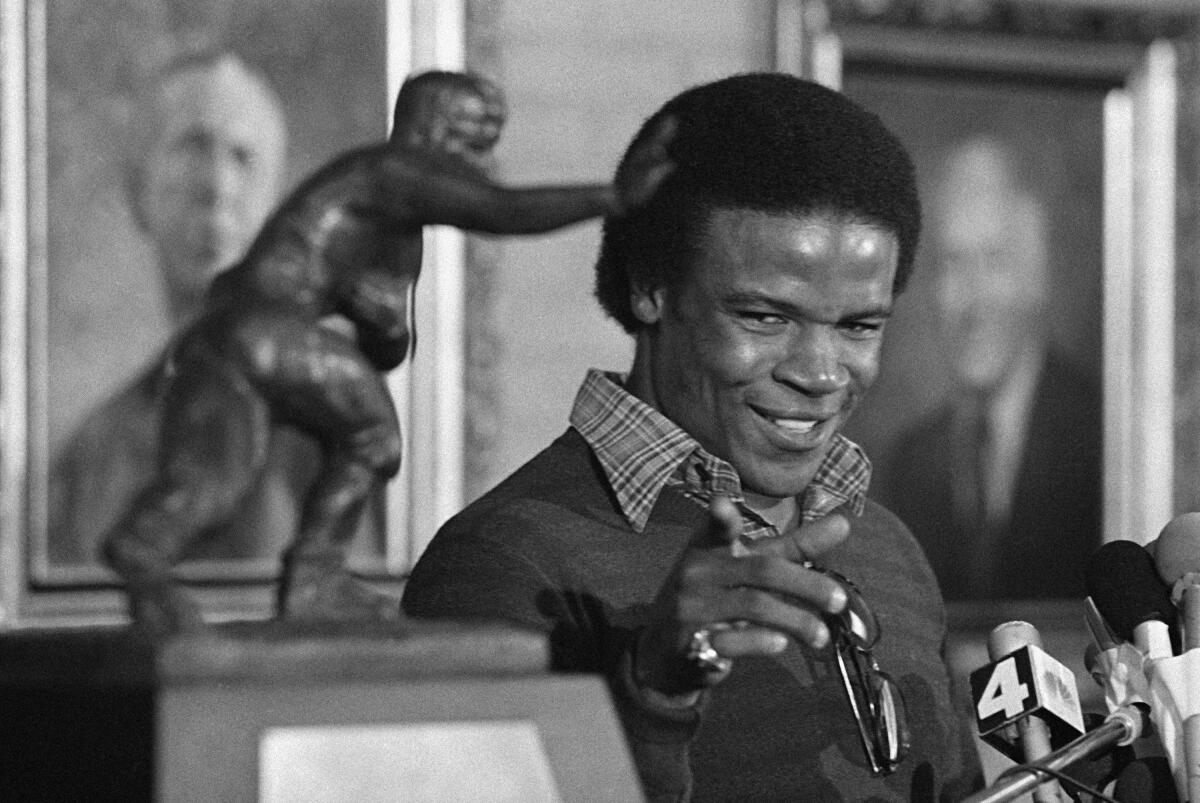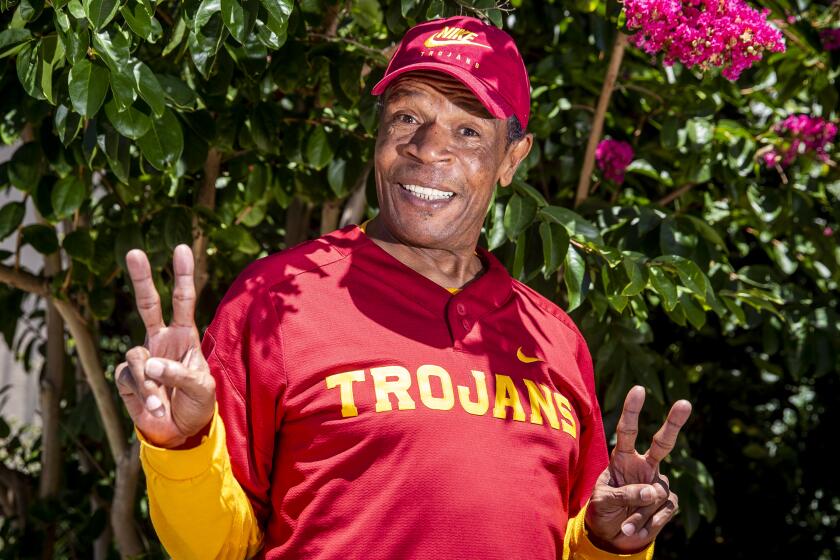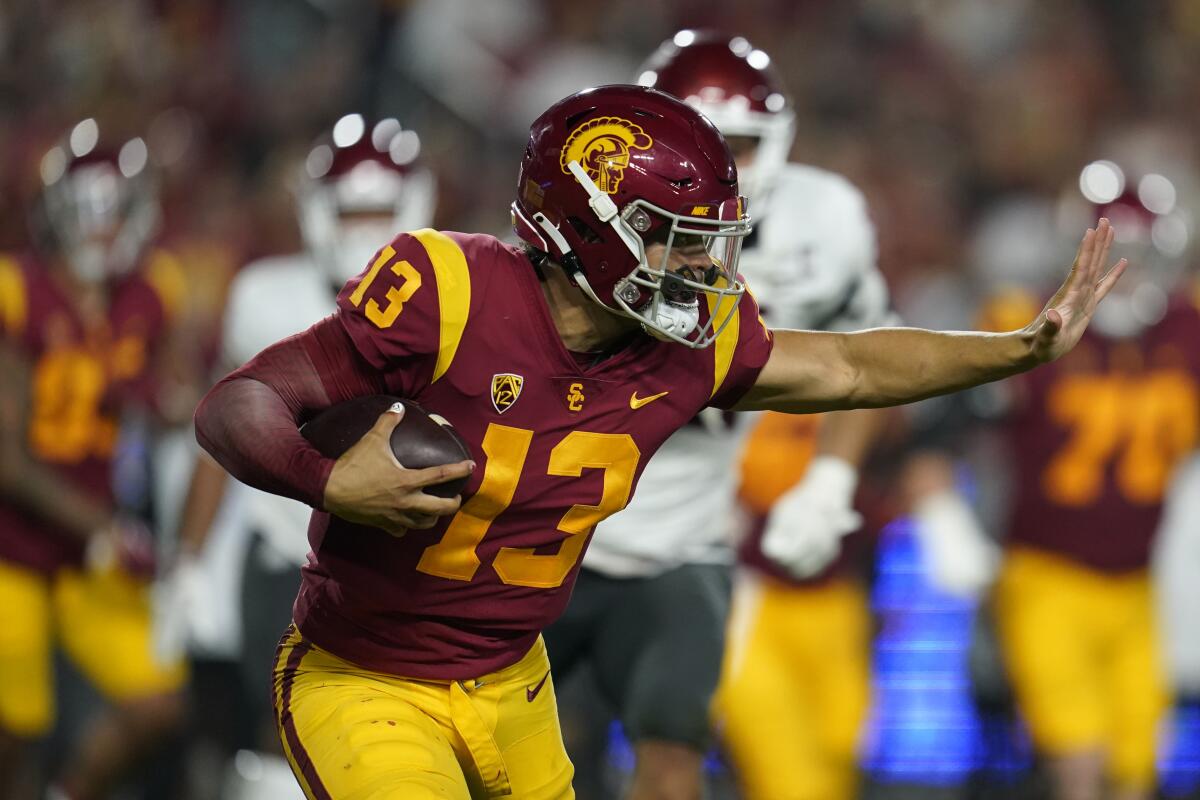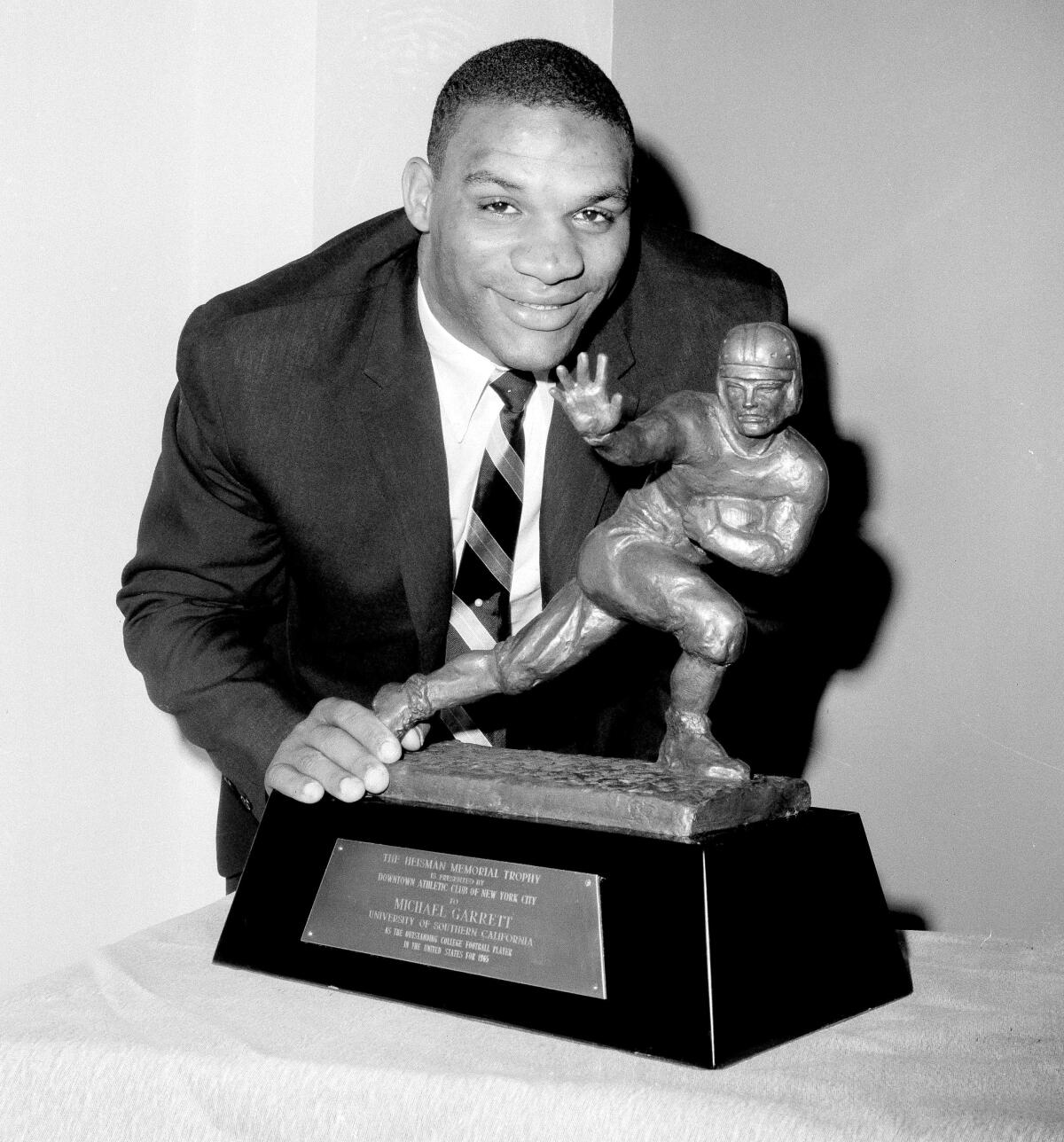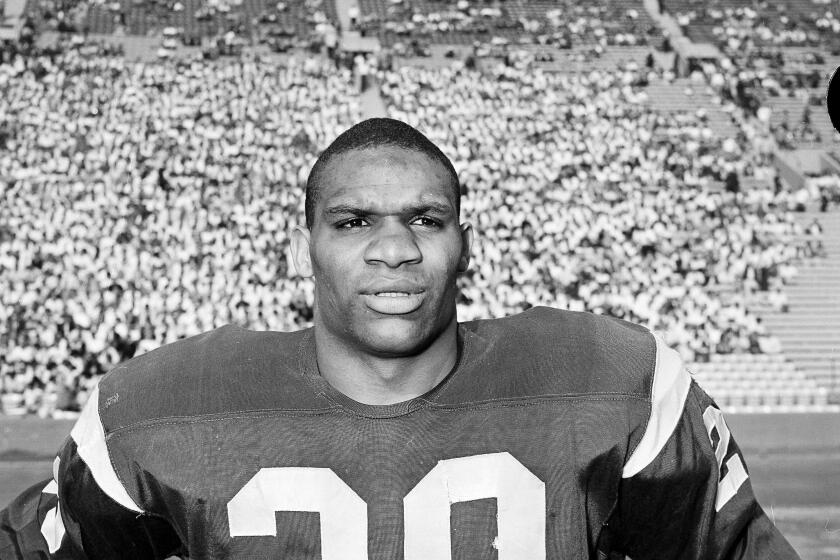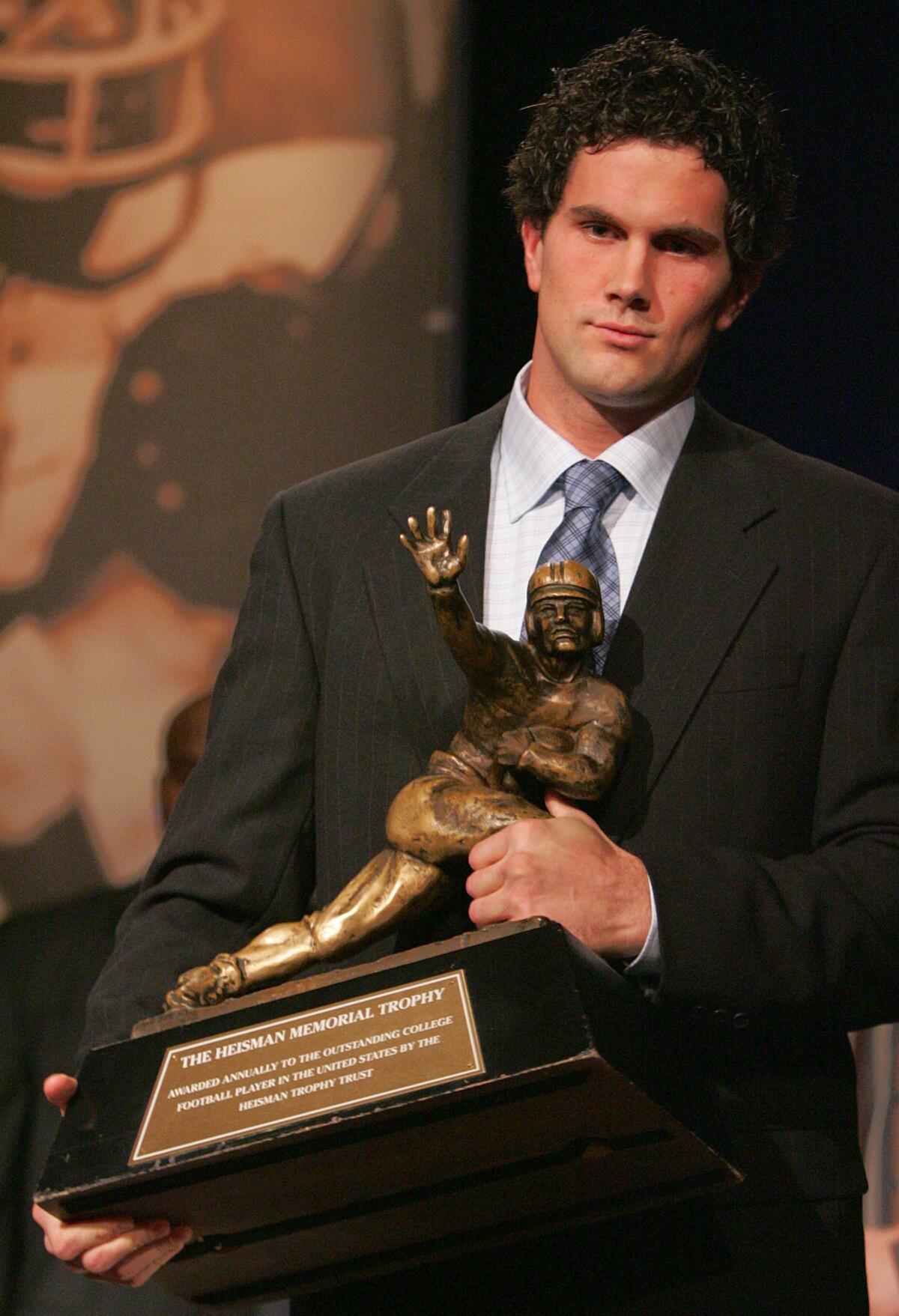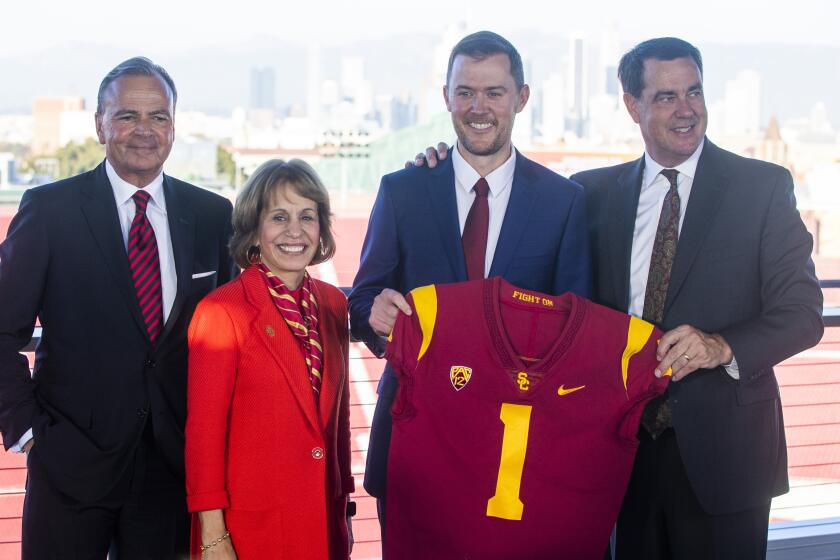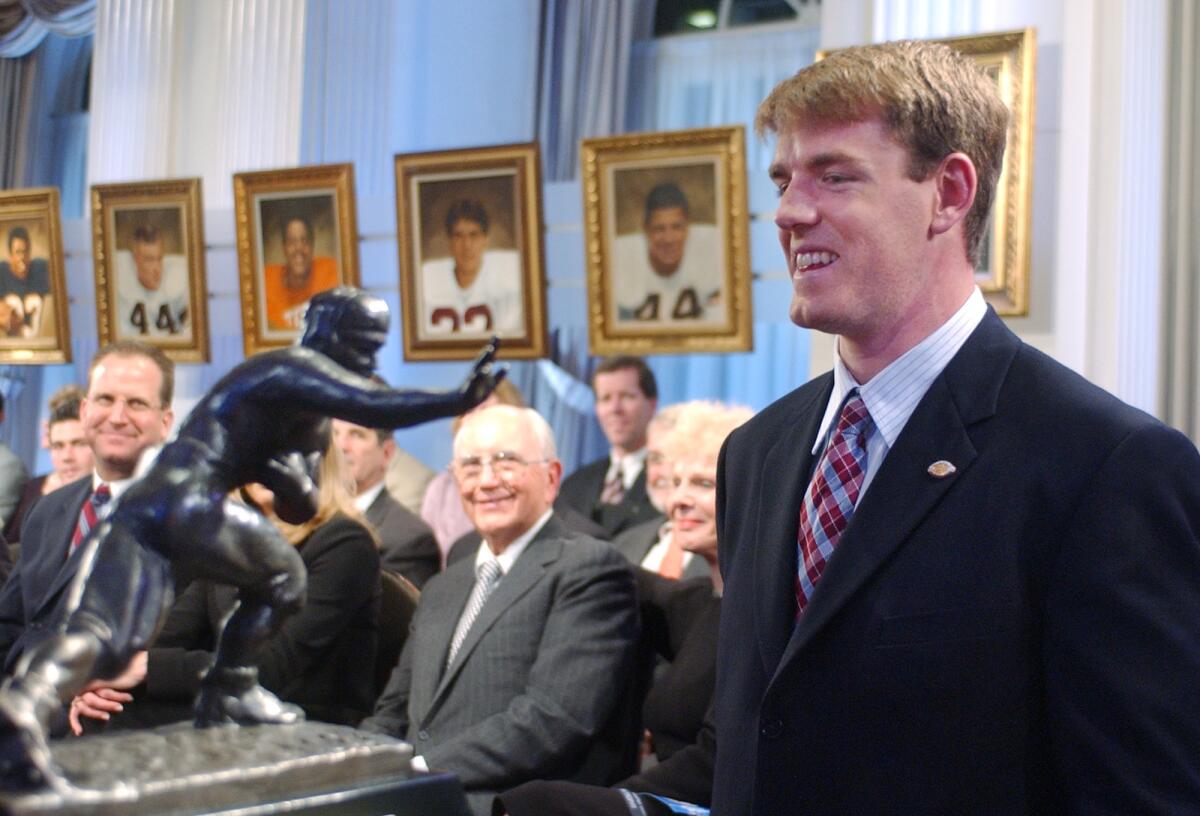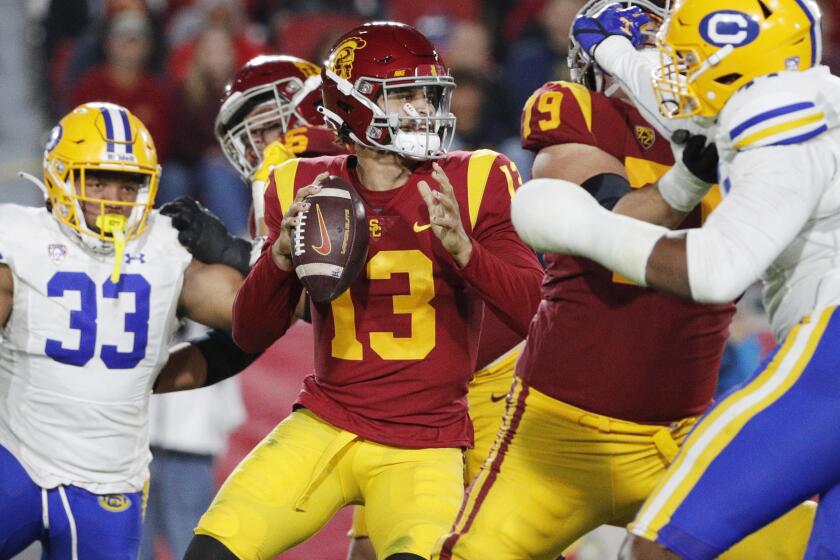Newsletter
Go beyond the scoreboard
Get the latest on L.A.'s teams in the daily Sports Report newsletter.
You may occasionally receive promotional content from the Los Angeles Times.
David Wharton has filled an array of roles – covering the courts, entertainment, sports and the second Persian Gulf War – since starting as a Los Angeles Times intern in 1982. His work has been honored by organizations such as the Society for Features Journalism and Associated Press Sports Editors and has been anthologized in “Best American Sports Writing.” He has also been nominated for an Emmy and has written two books, including “Conquest,” an inside look at USC football during the Pete Carroll era.
